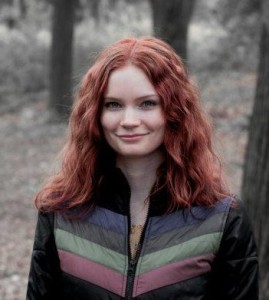Homegrown: Timothy McVeigh and the Rise of Right-Wing Extremism, by Jeffrey Toobin: This is a unique book in that (as I learned in the introduction) it’s incredibly uncommon for a complete set of court documents and communication between lawyer and client to be made publically available. As such, it’s very complete. But it’s almost exclusively focused on McVeigh and the Oklahoma City bombing, and I was hoping for more about the January 6th Capitol riots. There’s a connection drawn between them and frequent references to Jan. 6th, but very little about the day and event itself. This isn’t a fault of the book, but I was disappointed by the more circumscribed scope. (Also, I only realized half of the grossness of Jeffrey Toobin before I read this, and even that I was remembering partially wrong.)
Yellowface, by R.F. Kuang: A wild ride – funny and horrifying. Obviously there are some similarities in subject between this and Last Resort, but they’re also alike in causing me to audibly gasp and think no, no, no whenever the main character made one more awful decision. The ending strained at the boundaries of farce a bit; no matter.
Traffic, by Ben Smith: I knew far more about the early days, rise, and fall of Gawker than I did about the trajectory of Buzzfeed. Really interesting to read about the parallel but very different journeys of the founders, the writers in the early days, and the more recent events, especially since (in Gawker’s case) I watched it happen in real time and have met or am adjacent to some of the people involved.
Cursed Bread, by Sophie McIntosh: WOW. This was an incredible gut punch of a book. I had to laugh at a one-star Goodreads review that simply read “bread smut.” Not completely wrong, but I found this stunning. Definitely McIntosh’s best so far.
Pathogenesis: A History of the World in Eight Plagues, by Jonathan Kennedy: I’m never going to turn down a book about plagues! Loved the thoughtful structure of the book – which is not actually about eight distinct plagues but rather eight periods of history and the characteristic plagues that defined them – and most of the conclusions.



